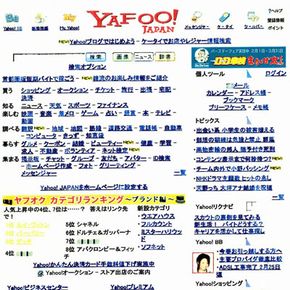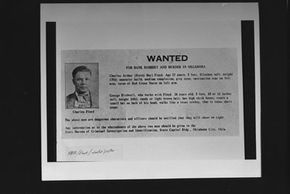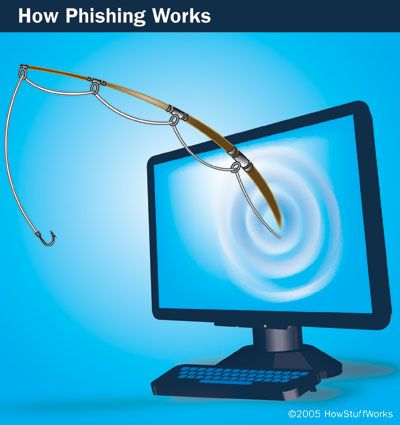There are several important differences between traditional savings accounts and online savings accounts.
Let's take the case of Joe, who is perfectly happy with his traditional savings account. He likes the assurance of dealing directly with human beings, handing his deposit slip and checks to a living, breathing person standing behind a counter in an actual building. Furthermore, Joe likes his ATM access. When he uses his bank's ATMs, he can withdraw straight from his savings account if he needs to, and he pays no fees to do so.
The low annual percentage yield (APY) of 0.25% on his savings account isn't amazing, but he has other investment accounts to develop his savings.
Joe has never let his savings account dip below the $500 minimum -- he's afraid of that $6 monthly fee that threatens to eat his account if it does go that low.
Joe is glad he doesn't need to remember all sorts of passwords and other rigmarole to look at his statements, which simply arrive in the mail. But, of course, he still shreds old statements and banking info. You can never be too careful.
On the other hand, we have Sally, who recently closed her traditional savings account and opened a high-yield online savings account. The APY of her online savings account started at 3%, an enormous increase over her 0.5% APY on her traditional savings account. This high APY, competitive with that of money market accounts, makes her savings account more suitable for a long-term investment. Curious as to why the APY on her savings account is so wonderfully high, Sally does some research and discovers that online-only banks can charge fewer fees, require no minimum balance, and offer great interest rates because they don't have the wage, maintenance and real estate costs associated with brick-and-mortar branches.
Sally enjoys the convenience of viewing her statements online at any time. She can also initiate electronic transfers to and from her traditional checking accounts whenever she wants -- at 2:30 in the morning, for example, when she wakes up and remembers she has to pay for some car repairs in a couple of days. To increase her savings, Sally has set up a recurring transfer of $100 per month from her traditional checking account to her online account.
Sally isn't always thrilled with her online savings account, however. Her online bank partners with a traditional bank to provide ATM access, but she has to pay a fee every time she uses one of these affiliated ATMs. She can't make deposits through these ATMs, only withdrawals. For deposits, she must mail her check to the online bank's office, or deposit the check in her traditional checking account and then transfer the money electronically to her savings account. Unfortunately, her savings deposits take a while to clear.
As for security, her bank's Web site is encrypted. These days, 128-bit encryption is the standard. To access her account, she enters her login on the first page and her password on the second page. A little bit of a speed bump, but not bad.
Intrigued by online savings accounts? Read on to find out how to get one.



